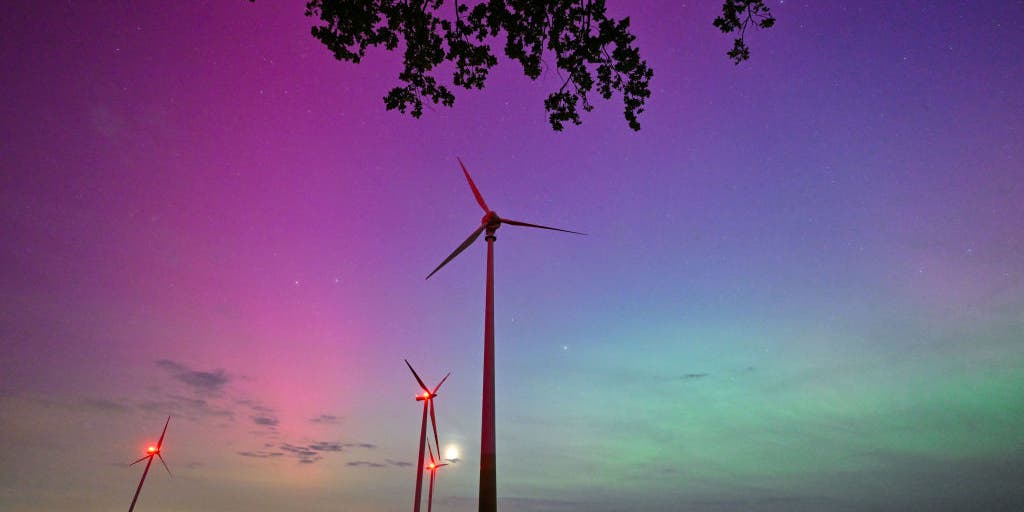7 Facts about the Northern Lights
Seven facts about how the Northern Lights form and how best to spot them
A solar flare that erupted from the Sun on Sunday triggered an eruption of solar material that is set to pass through Earth’s atmosphere on Tuesday night, perhaps triggering another show of the Northern Lights.
NOAA’s Space Weather Prediction Center has issued a level G2 Geomagnetic Storm Watch on their five-point scale for Tuesday night.
While this storm won’t be anywhere near the intensity of the May 10 extreme solar event that brought the aurora as far south as the Gulf of Mexico, those along the northern tier of the U.S. could be in for a decent show overnight, including Washington, Idaho, Montana, the Dakotas and into the Upper Midwest.
7 FACTS ABOUT THE NORTHERN LIGHTS
Vivid Northern Lights displays usually follow a few days after solar events such as coronal mass ejections or solar flares. These bring a barrage of electrons that interact with oxygen and nitrogen in Earth’s magnetic field that surrounds the outside of our planet.
The best time to see the show is usually between 11 p.m. to 3 a.m. local time, though the show can ebb and intensify as the solar particles interact with Earth’s magnetic field. Find a clear northern horizon away from city lights.
The nearly full Moon this week will put a damper on prime viewing conditions by shedding unwanted moonlight into the skies, but a bright enough show can overcome the extra light.
Of course, you need to keep the clouds away for a good show too, and in that sense, Mother Nature is giving an assist.
Viewing conditions look good across the Northwest (aside from areas suffering from wildfire smoke), and the Dakotas with fair conditions in Minneapolis and the Northeast. The Upper Great Lakes are the exception, with likely cloud cover.
#Solar #flare #trigger #Northern #Lights #show #North #Tuesday #night,
#Solar #flare #trigger #Northern #Lights #show #North #Tuesday #night
